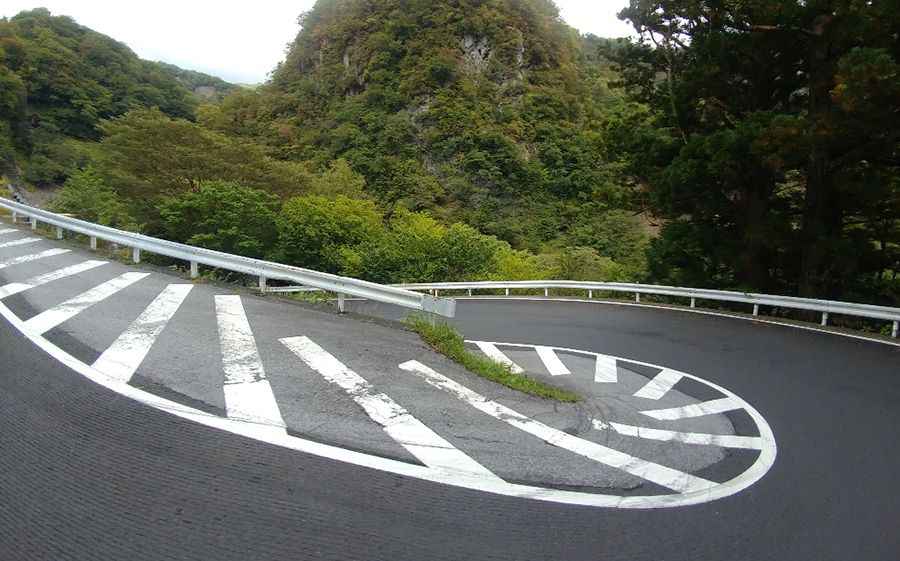Discovering Japan's Alphabetical Ascent: The Iroha-zaka Winding Roads
Iroha-zaka is a pair of winding roads located in the mountains of Tochigi Prefecture, in Japan. They serve as the main access to connect the lower elevations around central Nikko to the higher elevations of the mountainous Okunikko region. Each corner of the road has a letter from the ancient Japanese alphabet, and you will encounter them in alphabetical order.

What’s the Irohazaka Winding Road?
This pair of asphalted roads forms a one-way switchback mountain road (consisting of two separate roads for upward and downward traffic). To ascend, it is necessary to use the Second Iroha-zaka, and to descend, the First Iroha-zaka is used. Each corner is labeled with a letter from the ancient Japanese alphabet, presented in alphabetical order. "Iroha" represents the first three of the 48 syllables of the formerly used Japanese alphabet (now known as "aiueo"), and "zaka" means "slope." The Irohazaka Winding Roads were named because together they consist of 48 hairpin turns. This road served as a path for ascetics in the past. Iroha-Zaka ascends more than 1,300 feet (396 m). The road has historical significance in Japanese culture, being popular among Buddhist pilgrims heading to Lake Chuzenji at the top of the forested hill that this road climbs.
Is the Irohazaka Winding Road open?
Currently, the older road is only open to downward traffic and includes a pit stop where two waterfalls can be observed. The newer road is exclusively open to upward traffic, leading to the Akechidaira Plateau near the road's summit. The slope began being called Iroha-zaka in the early Showa era. The ancient Japanese alphabet consisted of 48 letters, matching the number of curves in the road. Hence, tourist guides started referring to the slope as Iroha-zaka.
When was the Irohazaka Winding Road built?
The two roads were constructed in 1954 and 1965 as some of Japan's first toll roads but were later made toll-free. The present-day First Iroha-zaka was built during that time. Additionally, the Second Iroha-zaka (upward only) was constructed to accommodate increased traffic. The number of curves initially rose to 50 but was later reduced to 30 to align with the 48 letters of the alphabet.
Pic: Tiger L.